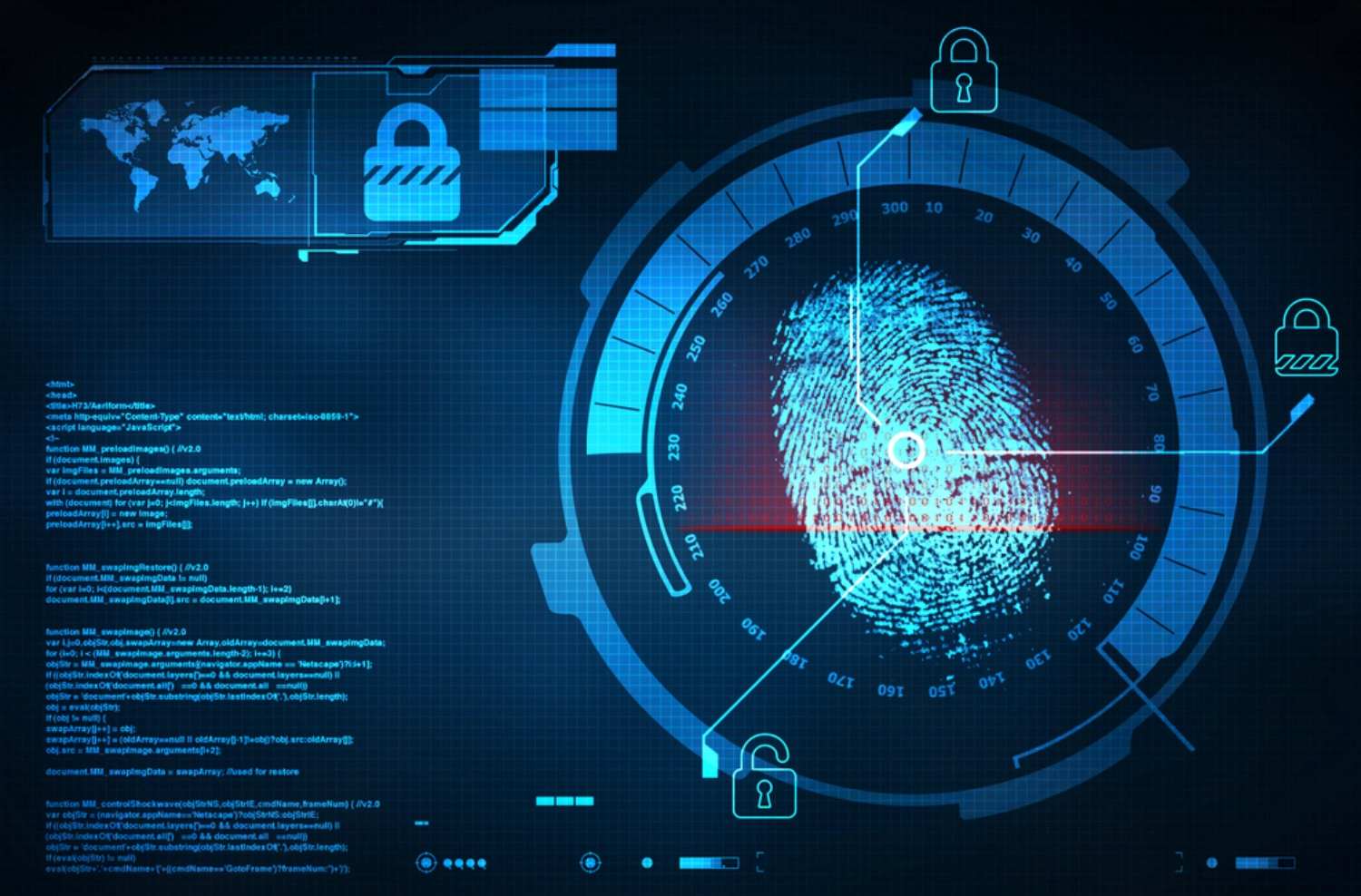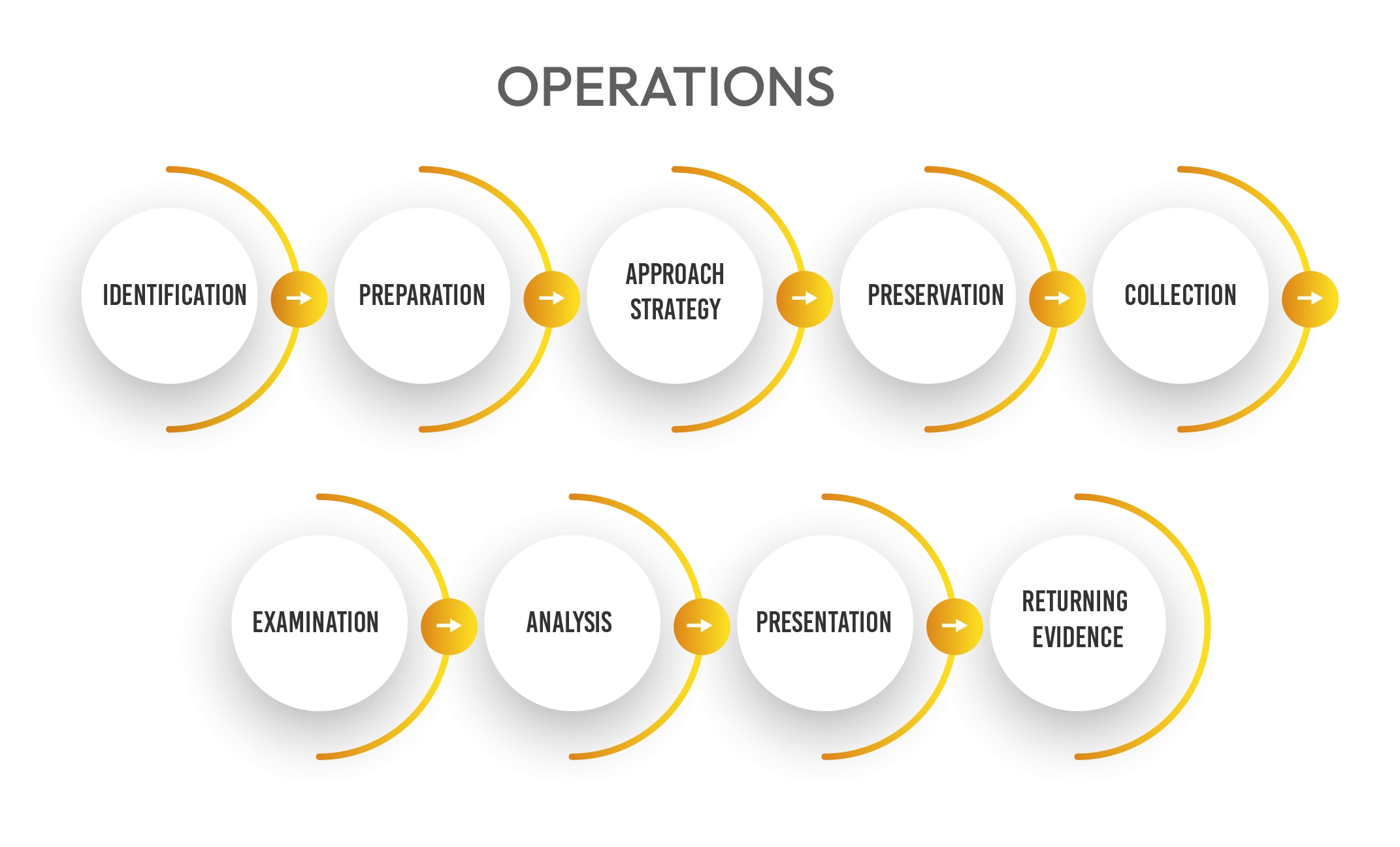Cyber Forensics
What is Cyber Forensics?
Computer forensics, also called digital or cyber forensics, is a field of technology that uses investigative techniques to identify, collect and preserve evidence from electronic devices. Computer forensics professionals often find evidence that law enforcement agencies or businesses and individuals can use to recover lost and damaged data.


Key Features
Preservation of electronic evidence
Computer forensics involves the identification, preservation, and collection of electronic data that is relevant to a particular case or investigation.
Computer forensics involves the identification, preservation, and collection of electronic data that is relevant to a particular case or investigation.
Analysis of digital data
Computer forensics professionals analyze digital data to uncover evidence of wrongdoing, including hidden or deleted files, email messages, and internet browsing history.
Computer forensics professionals analyze digital data to uncover evidence of wrongdoing, including hidden or deleted files, email messages, and internet browsing history.
Recovery of data
Forensic specialists use specialized software and tools to recover data from damaged, corrupted, or deleted digital media.
Forensic specialists use specialized software and tools to recover data from damaged, corrupted, or deleted digital media.
Investigation of network activity
Computer forensics professionals investigate network activity to determine whether an intrusion has occurred and, if so, to determine the extent of the breach.
Computer forensics professionals investigate network activity to determine whether an intrusion has occurred and, if so, to determine the extent of the breach.
Identification of security breaches
Computer forensics specialists identify security breaches by analyzing log files, system events, and other electronic data.
Computer forensics specialists identify security breaches by analyzing log files, system events, and other electronic data.
Identification of perpetrators
Computer forensics professionals use a variety of techniques, including data analysis and interviewing, to identify individuals who have engaged in illegal or unethical activities.
Computer forensics professionals use a variety of techniques, including data analysis and interviewing, to identify individuals who have engaged in illegal or unethical activities.
Presentation of evidence in court
Computer forensics experts are often called upon to testify in court and to present their findings in a clear and understandable manner.
Computer forensics experts are often called upon to testify in court and to present their findings in a clear and understandable manner.
Identification of perpetrators
Computer forensics professionals must adhere to strict legal and ethical standards when conducting investigations, including the proper handling and preservation of evidence.
Computer forensics professionals must adhere to strict legal and ethical standards when conducting investigations, including the proper handling and preservation of evidence.
Types of computer forensics
Computer forensics always involves gathering and analyzing evidence from digital sources. Some common types include:
Database forensics
Retrieval and analysis of data or metadata found in databases.
Mobile forensics
Retrieval and analysis of data like messages, photos, videos, audio files, and contacts from mobile devices.
Network forensics
Use of tools to monitor network traffic like intrusion detection systems and firewalls.
Email forensics
Retrieval and analysis of messages, contacts, calendars, and other information on an email platform.
Memory forensics
Retrieval and analysis of data stored on a computer's RAM (random access memory) and/or cache.
Malware forenics
Analysis of code to identify malicious programs like viruses, ransomware, or Trojan horses.
Digital Forensics Analysis Methodology
Digital forensic methodology is the systematic approach used by forensic investigators to collect, preserve, analyze, and present digital evidence in a legally admissible manner. The methodology typically consists of several phases:

Throughout the entire process, adherence to legal and ethical guidelines is paramount. It’s essential for forensic investigators to follow standardized procedures and maintain the chain of custody to ensure the admissibility and integrity of the digital evidence in legal proceedings. Additionally, staying updated with the latest advancements in digital forensic tools and techniques is crucial for effectively conducting investigations in an ever-evolving technological landscape.

Identification
This phase involves identifying the scope of the investigation, including the type of incident, the systems or devices involved, and the potential sources of evidence.

Preservation
Once the scope is defined, the next step is to preserve the integrity of the digital evidence. This involves creating a forensic image or a bit-by-bit copy of the original data to ensure that the original evidence remains unchanged during the investigation.

Collection
In this phase, the forensic investigator collects the relevant digital evidence using forensically sound methods. This may involve seizing computers, mobile devices, storage media, or network traffic.

Analysis
During analysis, the investigator examines the collected evidence to uncover relevant information related to the incident or crime. This may involve using various forensic tools and techniques to recover deleted files, examine system logs, analyze network traffic, etc.

Documentation
Throughout the investigation, detailed documentation is essential. This includes documenting the steps taken, the tools and techniques used, and any findings or observations made during the analysis process. Proper documentation is crucial for maintaining the integrity of the investigation and presenting the evidence in court.

Reporting
After the analysis is complete, the forensic investigator prepares a detailed report summarizing their findings. The report should include an overview of the investigation, the methodology used, the evidence collected, the analysis performed, and any conclusions drawn.

Presentation
In cases where the digital evidence is presented in court, the forensic investigator may be required to testify as an expert witness. During the presentation, the investigator explains their findings and methodologies to the court, providing expert opinion and analysis to support the case.


